If you’ve ever managed email for a business or organization, you may have come across the term “DMARC.” But what exactly is DMARC, and why is it important? DMARC, which stands for Domain-based Message Authentication, Reporting, and Conformance, is an email authentication protocol. It’s designed to help protect email domains from being used in phishing […]
Category: What is DMARC?
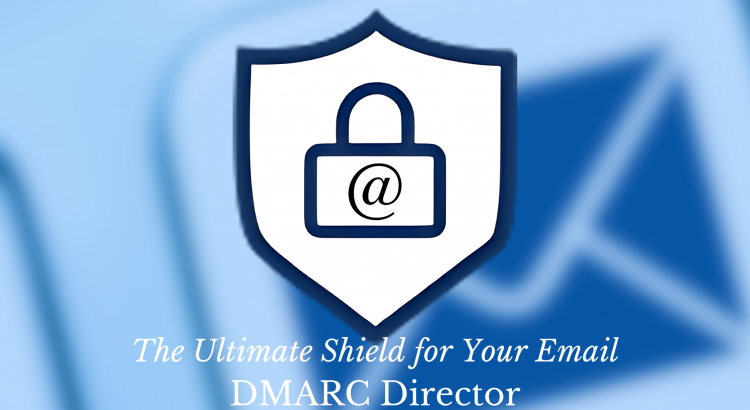
The Ultimate Shield for Your Email: DMARC Director
In the vast, bustling metropolis of the internet, email remains one of the most frequented intersections with ceaseless activity. Equally ever-present, are the threats of spoofed domain emails and malicious attempts to misuse your domain. Enter DMARC Director – your digital knight in shining armor. A Closer Look at DMARC DMARC (Domain-based Message Authentication, Reporting […]
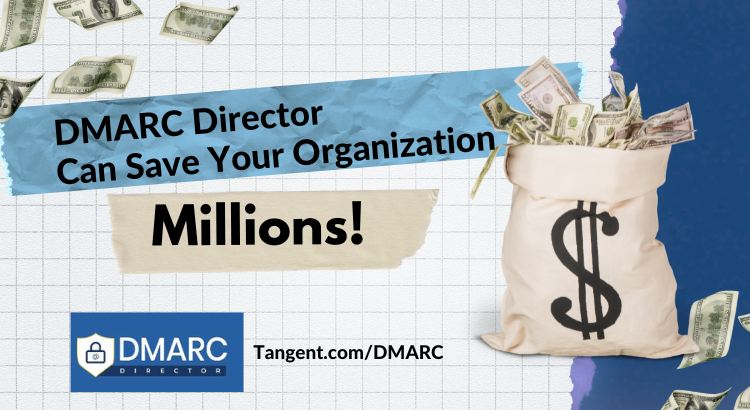
DMARC Director Can Save Your Organization Millions
According to the latest Forbes article, “The Underestimated Scourge of Spoofing Attacks” “dwell time” for cyberattacks shrunk to 8 days in 2023, compared to 10 days in 2022. Dwell time refers to the time from when a cyberattack starts to when it has been detected. While shrinking cyberattack detection times is good news, an 8 […]
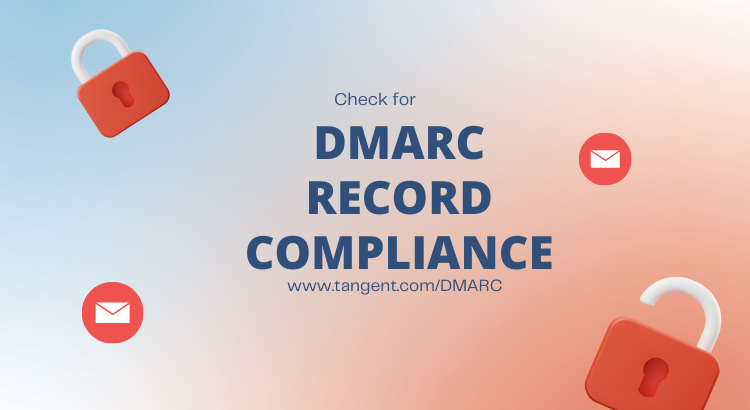
How Do I Check My DMARC Compliance?
Commencing DMARC implementation involves publishing a valid DMARC record. DMARC Director’s DMARC Record Checker is a diagnostic tool enabling you to view and validate the DMARC record for a domain. As of February 2024, Yahoo and Google will enforce new DMARC requirements for high-volume senders. To assist in preparation, we’ve crafted a guide ensuring your […]

How do I set up DMARC for free?
Setting up DMARC (Domain-based Message Authentication, Reporting, and Conformance) for free typically involves several steps, and while DMARC implementation is typically not entirely free due to some infrastructure requirements, you can achieve basic DMARC protection without incurring extra costs. Here’s a simplified guide to help you get started: 1. Create a DMARC Record: Access your […]
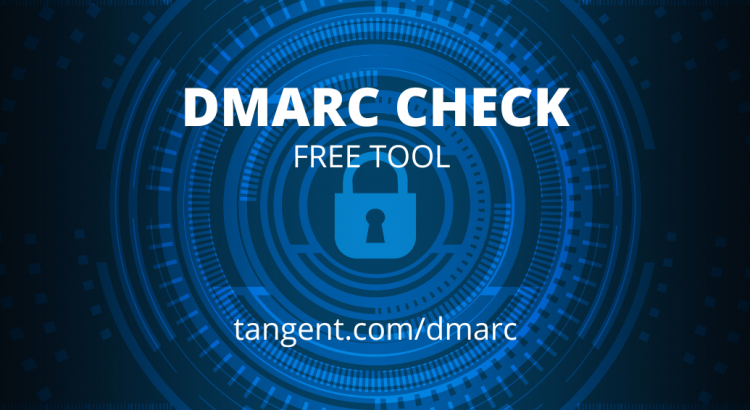
Stay Secure and Spoof-Free: How to Perform a DMARC Check with a DMARC Checker
Email security is a top priority for organizations of all sizes. To ensure that your email communications are protected from spoofing and phishing attacks, it’s essential to implement DMARC (Domain-based Message Authentication, Reporting, and Conformance). In this blog post, we’ll guide you on how to perform a DMARC check using a DMARC checker tool, empowering […]
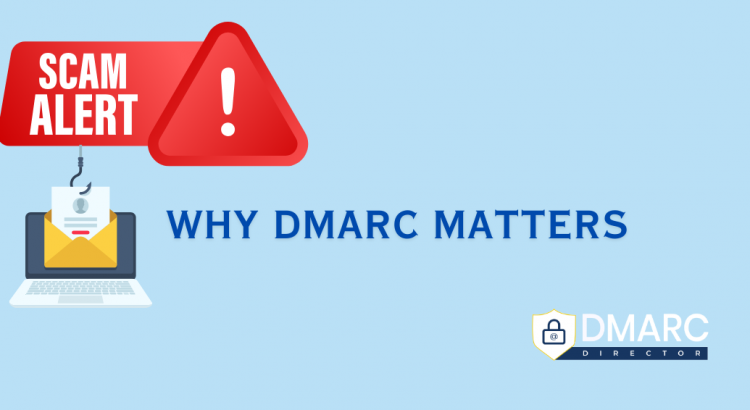
What Is DMARC and Why Does It Matter?
In an era where cyber threats continue to evolve, protecting your organization’s email communications is of utmost importance. One crucial aspect of email security is DMARC, which stands for Domain-based Message Authentication, Reporting, and Conformance. In this blog post, we’ll demystify DMARC, explain what it is, and discuss why it matters for your email security […]
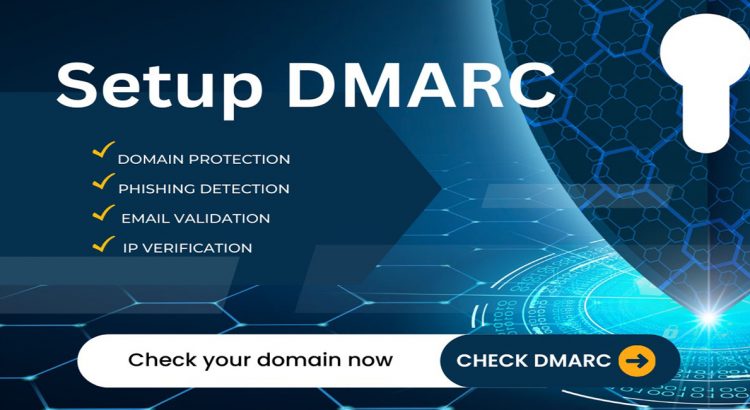
DMARC Checker
DMARC Director: Your Trusted Ally for Email Security In the world of email security, where the stakes are high, having a robust defense system is paramount. And in this defense arsenal, one tool stands out as a crucial component: DMARC. DMARC (Domain-based Message Authentication, Reporting, and Conformance) is your first line of defense against email-based […]
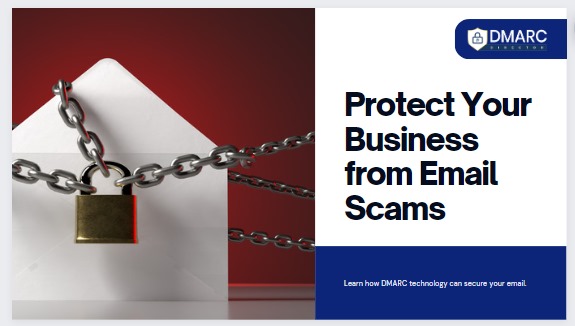
Email Security with DMARC Director
In today’s digital landscape, email communication remains a cornerstone of business operations. However, with the convenience of email comes the constant threat of cyberattacks and phishing scams that can compromise sensitive information and tarnish a company’s reputation. This is where DMARC Director comes to the rescue – a cutting-edge DMARC set-up and reporting SaaS that […]

DMARC: A Better Understanding
What is DMARC? Email communication reigns supreme, ensuring the security and authenticity of emails is of paramount importance. DMARC, short for Domain-based Message Authentication, Reporting, and Conformance, is a powerful email authentication protocol that helps organizations combat email fraud and protect their brand reputation. In this comprehensive guide, we will delve into the key aspects […]
